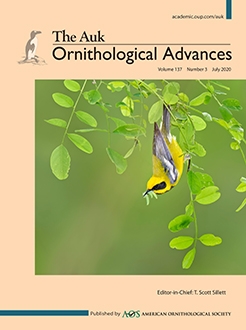Birds exhibit remarkable variation in plumage patterns, both within individual feathers and among plumage patches. Differences in the size, shape, and location of pigments and structural colors comprise important visual signals involved in mate choice, social signaling, camouflage, and many other functions. While ornithologists have studied plumage patterns for centuries, recent technological advances in digital image acquisition and processing have transformed pattern quantification methods, enabling comprehensive, detailed datasets of pattern phenotypes that were heretofore inaccessible. In this review, we synthesize recent and classic studies of plumage patterns at different evolutionary and organismal scales and discuss the various roles that plumage patterns play in avian biology. We dissect the role of plumage patches as signals within and among species. We also consider the evolutionary history of plumage patterns, including phylogenetic comparative studies and evolutionary developmental research of the genetic architecture underlying plumage patterns. We also survey an expanding toolbox of new methods that characterize and quantify the size, shape, and distribution of plumage patches. Finally, we provide a worked example to illustrate a potential workflow with dorsal plumage patterns among subspecies of the Horned Lark (Eremophila alpestris) in western North America. Studies of plumage patterning and coloration have played a prominent role in ornithology thus far, and recent methodological and conceptual advances have opened new avenues of research on the ecological functions and evolutionary origins of plumage patterns in birds.
LAY SUMMARY
Birds have many different plumage patterns that arise from coloration motifs within feathers as well as differences in color among body regions.
Plumage patterns play various roles in bird biology. They are involved in mate choice and territoriality, social interactions, camouflage from predators, and many other functions.
There is a rich history of detailed study on plumage patterns, which we review and synthesize in this manuscript.
Recent advances in photography and image processing algorithms have opened new avenues of research on plumage patterns. These open-source methods enable efficient, repeatable, and scalable analytical pipelines.
We illustrate one possible pipeline with a worked example of geographic variation in dorsal plumage patterns among populations of Horned Lark (Eremophila alpestris) in the western United States.
Looking ahead, enhanced capacity and scalability for digital photography analyses will reveal new discoveries regarding the ecology and evolution of avian plumage patterns.





